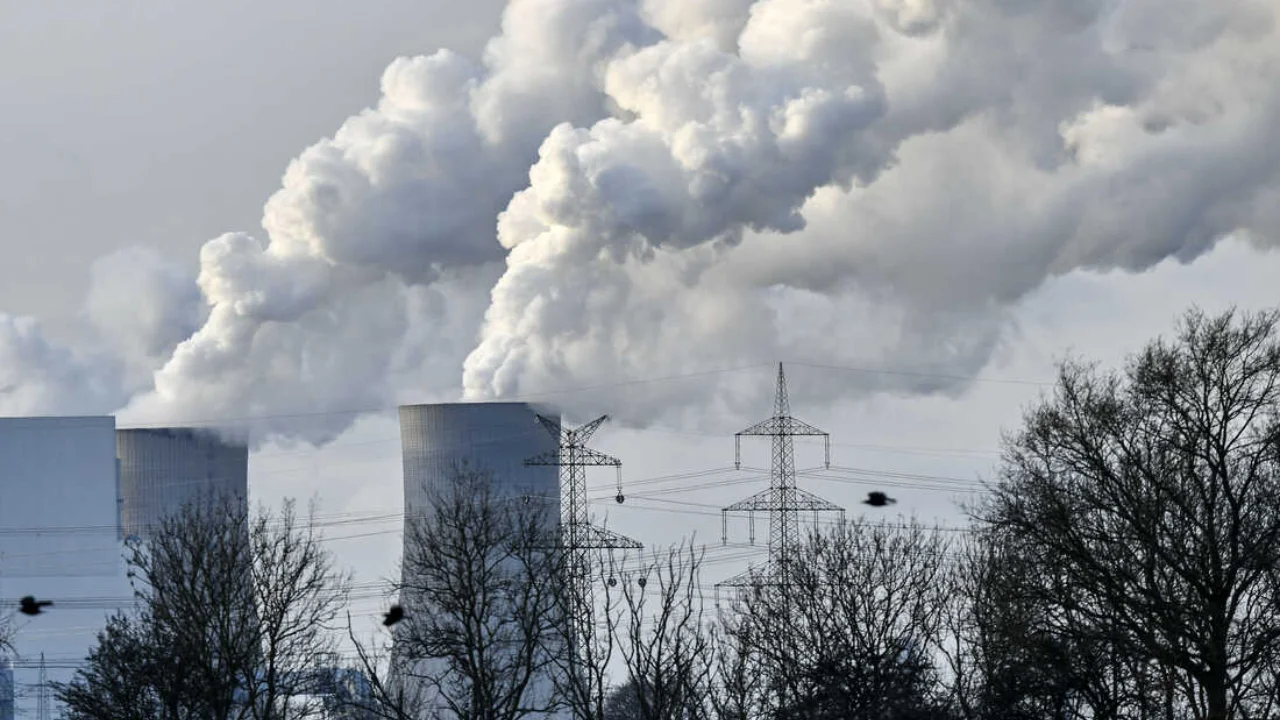High Greenhouse Gases
High Greenhouse Gases: The World Meteorological Organization (WMO), a specialized agency under the United Nations, has recently issued a stark warning about the unprecedented rise in greenhouse gas levels in the Earth’s atmosphere throughout 2022. This surge, particularly in carbon dioxide (CO2), methane, and nitrous oxide, paints a bleak picture for the planet, indicating potential impacts such as elevated temperatures, extreme weather events, and rising sea levels.
Chief Taalas Expresses Profound Concern
Despite consistent warnings from the scientific community and numerous global climate conferences, WMO Chief Petteri Taalas has voiced deep concern, emphasizing that humanity is still “heading in the wrong direction.” This cautionary statement precedes the upcoming COP28 UN climate summit in Dubai, underscoring the urgency to address the escalating climate crisis.
Paris Agreement Targets and the Current Climate Landscape
The 2015 Paris Agreement aimed to restrict global warming to “well below” two degrees Celsius above pre-industrial levels, with an aspirational target of 1.5 degrees Celsius. However, the global mean temperature in 2022 surpassed the 1.5-degree target, reaching 1.15 degrees above the 1850-1900 average. Taalas warns that 2023 is poised to become the warmest year on record.
Disturbing Greenhouse Gas Concentrations
In 2022, concentrations of carbon dioxide rose to 418 parts per million, methane to 1,923 parts per billion, and nitrous oxide to 336 parts per billion. These figures indicate alarming increases, standing at 150%, 264%, and 124% of pre-industrial levels, respectively.
CO2 Dominance and its Prolonged Impact
Carbon dioxide, contributing 64% to the warming effect, reached concentrations 50% above pre-industrial levels in 2022. The WMO emphasizes that even rapid emission reductions to net zero won’t immediately mitigate the impacts due to the extended lifespan of CO2 in the atmosphere.
Methane’s Enigma and Impact: High Greenhouse Gases
Methane, the second-largest contributor to climate change, constituting 16% of the warming effect, experienced a steady rise in concentrations in 2022. Despite its shorter atmospheric lifespan of approximately 10 years, the potent warming impact of methane poses a significant challenge. Taalas notes uncertainties in understanding the reasons behind methane’s continued increase.
Unprecedented Surge in Nitrous Oxide
Nitrous oxide, responsible for around 7% of the warming effect, witnessed a higher increase in 2022 than ever recorded in modern times. This surge raises concerns about the accelerating pace of greenhouse gas emissions.
Global Responsibility and G20 Contributions
Approximately 80% of greenhouse gas emissions originate from G20 countries, underscoring the global responsibility in combating climate change. The bulletin emphasizes the need for urgent action to reduce fossil fuel consumption.
Key Concerns and Information Gaps: High Greenhouse Gases
While the scientific community has a comprehensive understanding of climate change, uncertainties persist, particularly regarding the carbon cycle. The WMO calls for greater information on feedback loops, such as increased carbon emissions from soils and decreased carbon uptake by oceans. Tipping points, where irreversible changes occur, also raise concerns, such as the Amazon rainforest transitioning from a carbon sink to a carbon source due to deforestation.
- SSC CGL Exam Centers 2025 for Tier 1 and Tier 2, Choose Preferences
- SSC CGL Vs CAT, Which is the Better Career Option?
- SSC Typing Test – How to Attempt SSC Typing Test, Check Strategy
- SSC CGL vs IBPS PO Complete Comparison, Which is Better?
- Active Passive Voice for SSC Exams, Practice Questions with Solutions

